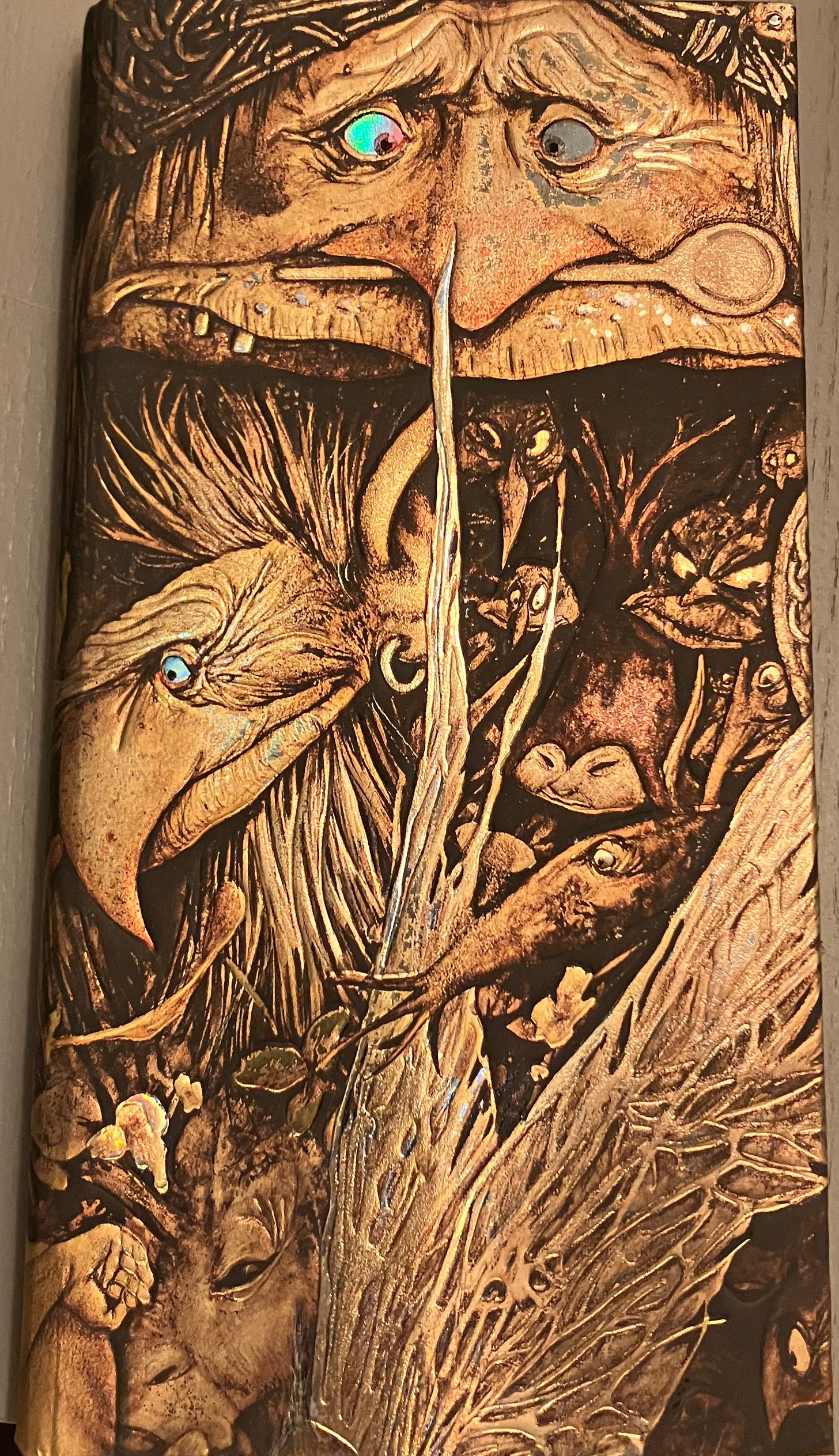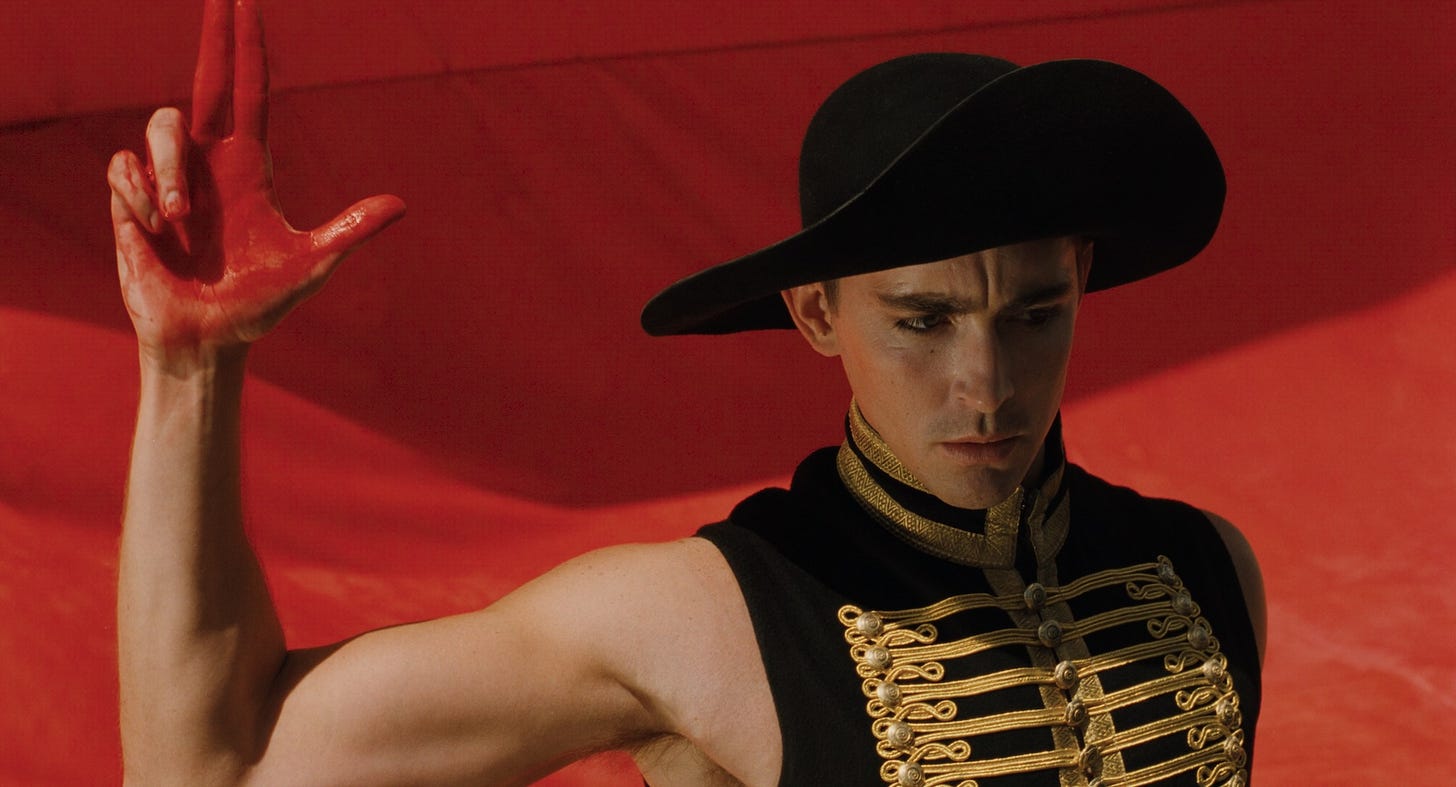I haven’t always been comfortable with the phrase “inner child.” In fact, I’m actually still kind of skeptical of it.
There are a few reasons for this, chiefly among them not wanting to romanticize what was for me and many others a difficult stage of life, particularly since children are an oppressed class largely without rights who suffer from the cultural expectation of being their parents’ property. But if I’m honest, the other reason is that I’ve always thought inner child work sounded a bit “cringe.”
On one level, the idea that there’s a wounded and vulnerable part of you that hasn’t really grown up makes total sense. On the other hand, I’m overfamiliar with internet discourse where adult queers spend too much time arguing about children’s cartoons. There’s something about the figure of the inner child that feels embarrassing and regressive to give any ground to.
That said, isn’t this kind of shaming thought pattern part of the problem? I shamed myself enough as a kid, I know that now. Much of the arc of my childhood memory is still crusted over with shame. Why am I still doing that? There’s got to be a way to think about one’s inner child while still being accountable to being an adult. And maybe that’s also part of the problem, this idea that I need to shame that part of myself into just growing up, already.
This past weekend, I was in Philly to visit friends and to see a rarely-screened film widely unavailable until this year, The Fall (Tarsem, 2006). While in town, my partner and I stopped at an art supply store, and I found myself excited in a way that I can only identify as childlike. I hadn’t been excited in that way, filled with wonder at pure possibility, for a long time.
Before I knew it, I had assembled an armful of things I liked, including multicolored pencils in glittering casings, a sketchbook small and light enough to fit in my tote, a cat coloring book where the pages are translucent to create a stained glass effect, a set of notecards with mushrooms on them, and a notebook with cover art by Brian Froud.
This latter was perhaps what I’m most excited about—Brian Froud is the artist behind my favorite book when I was a preteen, Good Faeries/Bad Faeries. Looking at his whimsical, weird art again more than twenty years later transported me back to the strangeness of being eleven or twelve; of having a wild imagination.
And then we saw The Fall, a film shot primarily from the perspective of a child; one of the most visually stunning films I’ve ever seen.
Heading back to our friend’s place that evening, I noticed beneath the concrete where the sidewalk joined the curb a line of light from the SEPTA train system flashing from underground as we walked and I tried to look; to remember. I walked down wet, rainy corridors, several times slipping and nearly falling in my smooth-soled sneakers. I tried to commit everything to sense memory, I wanted to be able to think back and account for the things I could remember, and my sense of direction, as always, was very poor. Combined with the oddness of seeing that light shining out from below the sidewalk, it made me feel more child-like, as I found myself more focused on the strange wet beauty of my surroundings than on getting from point A to point B.
Back home in Brooklyn, I keep asking myself would you rather be “cool” and adult, or able to open yourself to that vulnerable kind of imaginative play you actually need in order to write?






Love this exploration 🙏🏻